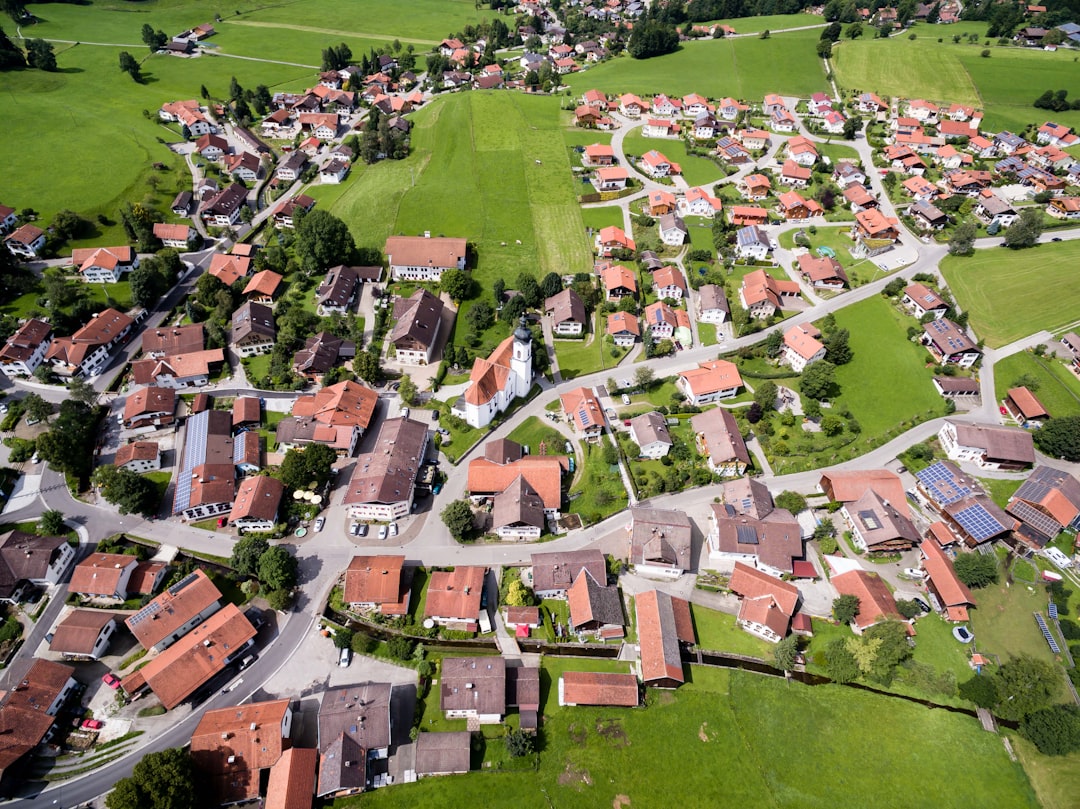What is it about?
This is a review of the new book “Arctic Crashes: People and Animals in the Changing North.” Editors Igor Krupnik and Aaron L. Cromwell bring together a fascinating team of scientists, scholars, and Indigenous knowledge holders, all of whom were part of a major research project at the Smithsonian Institution.
Featured Image

Photo by Annie Spratt on Unsplash
Why is it important?
We often assume that human-induced climate change drives rapid species extinction in the Arctic. This book helps the reader gain a much more nuanced understanding of the situation, drawing on archaeological evidence, historical research, and Indigenous lived experiences to show both resilience and risk in diverse animal populations of the Arctic. Some of their findings may be quite surprising and instructive to policy makers.
Perspectives
As an environmental anthropologist focusing on animal-human relations in the North, I really enjoyed reading the contributions. Each contributor brings a unique disciplinary perspective, which makes the book very rich - even if the authors do not always agree with each other. From an anthropological standpoint, I find that the authors’ population-level focus calls for new research at the level of individual animal agency in the Arctic.
Alex Oehler
University of Regina
Read the Original
This page is a summary of: Arctic crashes: people and animals in the changing north, The Polar Journal, July 2020, Taylor & Francis,
DOI: 10.1080/2154896x.2020.1847811.
You can read the full text:
Contributors
The following have contributed to this page










